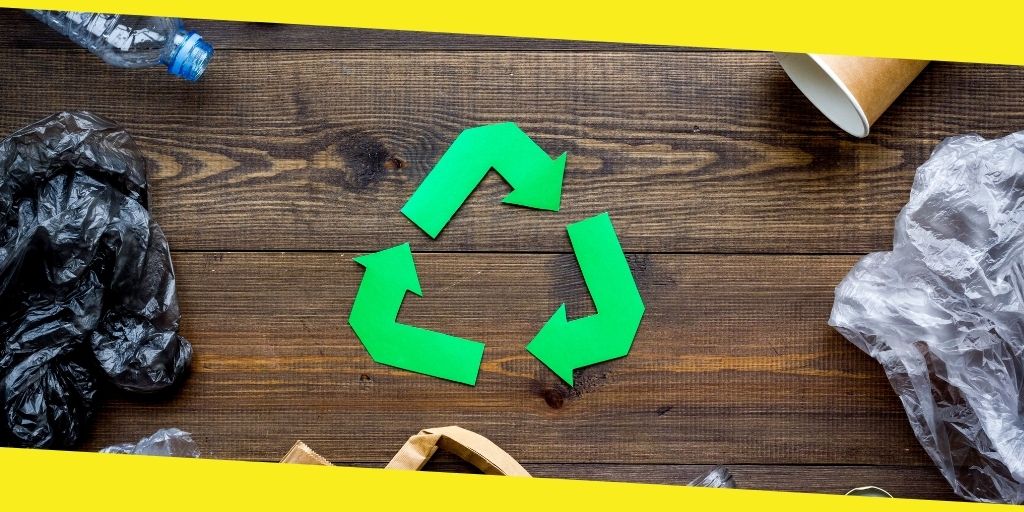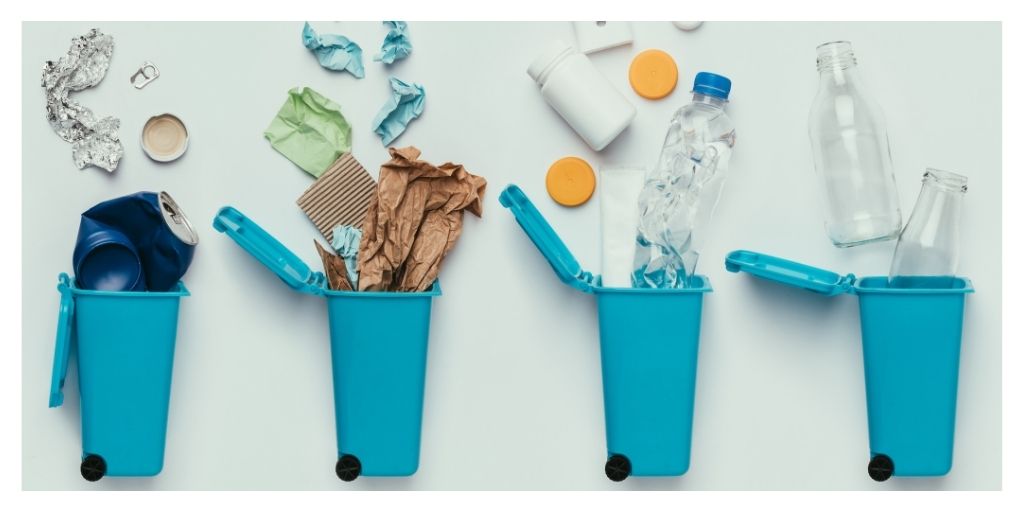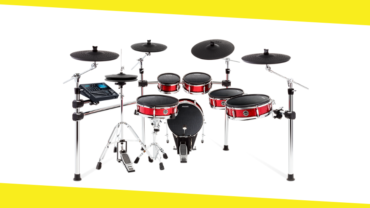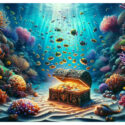How to Identify Waste That Can and Can’t Be Recycled
This post was last updated on January 18th, 2024

Every day, the world struggles with waste disposal. Despite a flood of new ideas spawning from the minds of many environmentalists, conservationists, and eco-warriors, the rest of the world just doesn’t seem to understand the dangers of overflowing landfills and greatly polluted waters. As the population grows, so do the garbage dump sites in every city.
With such horrifying amounts of waste simply ruining our environment, you might be asking how we can prevent the worst from actually happening. This is where the idea of identifying wastes comes to the rescue.
Keep reading this article to learn about how you can identify wastes that can and can’t be recycled.
Know What Are Recyclable And Non-Recyclable Wastes
When identifying wastes that can and can’t be recycled, the first thing you should do is to get familiar with what recyclable and non-recyclable wastes are all about.
Primarily, recyclable wastes are those used materials that can be converted into new, useful products. They are beneficial to the community and the environment in a way that reduces the amount of wastes being sent to landfills, prevents pollution by minimizing the need for collection of raw materials, saves energy, and many more.
The following is a list of more examples as well as items you can recycle.
- Used, but clean kitchen foil and foil trays
- Any paper materials other than the ones mentioned in the non-recyclable section, including cardboard
- Clear glass bottles and jars (green and brown ones, too)
- Empty aerosol bottles
- Windowed envelopes
- Liquid cartons (milk and juice)
- Metal cans (tin and aluminium)
- Metal lids
- Empty bleach bottles
On the other hand, it’s also important to learn about non-recyclable wastes. These wastes are those that can’t be turned into new products, which is why they shouldn’t be simply thrown out anywhere. The following are some examples of wastes that can’t be recycled:
- Styrofoam
- Animal corpses
- Oils
- Disposable diapers
- Shampoo bottles
- Nail polish bottles
- Plastic toys
- Bubble wrap
- Photo paper
- Medical waste
- Non-paper gift wrap
- Wine glasses
- Syringes
- Straws
- Greasy pizza boxes
- Garden waste (dead wood or plant fibre)
- Cutlery
- Crisp packets
So, if you have anything from this list that you need to dispose but cannot be recycled, consider contacting services like Same-Day Rubbish Removal.

Pay Attention To The Different Recycling Symbols
Another way to identify whether certain wastes are recyclable or non-recyclable is to get familiar with the different recycling symbols that appear on the packaging. Typically, these symbols are designed to distinguish between those with a signal to recycle and those that don’t. Therefore, if you want to determine whether your wastes can be recycled or not, look for the following symbols and know what they mean:
- The Mobius Loop – Any item with this symbol on the packaging means that it can be recycled or converted to a new product. However, this symbol doesn’t also guarantee that the item will be accepted by your local recycling center. But, if you see a Mobius Loop symbol, it’s certain that the material can be recycled.
- The Green Dot – Having this symbol on the material’s packaging doesn’t automatically mean you can recycle it or it’s made from recycled materials. Generally, the Green Dot symbol tells you that the producer of the packaging has contributed financially to a national recovery company, which can be a good indicator for a conscious consumer.
- Plastic Resin Codes – These codes show the specific type of plastic that the material is made from. However, unlike the Mobius Loop symbol, this one doesn’t indicate whether it’s recyclable or not. You still need to ask your local recycling center whether plastic wastes with these codes can be recycled by them.
- Compostable – This symbol means that the material is industrially compostable. Hence, if you see this symbol in the packaging of a certain material, don’t mix them with the recyclable items as it breaks down and can contaminate those recyclables.
- Electrical Waste – This symbol means you shouldn’t combine electrical items into the general waste. But there are some channels and organizations that’ll recycle these items, which is why it’s best to contact your local authority to identify if they can be recycled or not in your area.
- Widely Recycled – If you encounter a material with this symbol on its packaging, it signifies that more local authorities will collect it for recycling.
Other Things to Consider
If something breaks down, don’t just throw it out but find a way to have it fixed. There will always be a technician of some sort out there who might try their best to repair your broken appliance.
If you have a lot of organic waste, such as garden waste, food waste, or animal waste, consider making a compost heap. A compost heap may help revitalize any foliage you have around the house and the decomposing organic matter may even become a rich fertilizer.
Bottom Line
With so much waste disposal around the world, identifying wastes that can and can’t be recycled can be challenging. Without proper knowledge on what to do, you may end up disposing everything in the landfills, instead of recycling those that can be recycled in the first place.
Fortunately, by following the tips mentioned above, it’ll be much easier to determine waste materials that are recyclable and non-recyclable.
Recommended For You
Drumming Up the Advantages of Electronic Drum Sets
Most Inside
Most Inside offers high-quality recommendations and valuable updates to enhance all aspects of your life, providing premium guidance and enriching experiences.




